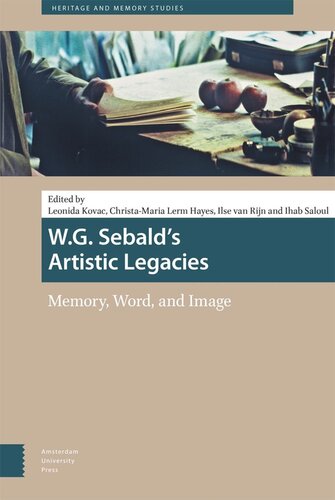

Most ebook files are in PDF format, so you can easily read them using various software such as Foxit Reader or directly on the Google Chrome browser.
Some ebook files are released by publishers in other formats such as .awz, .mobi, .epub, .fb2, etc. You may need to install specific software to read these formats on mobile/PC, such as Calibre.
Please read the tutorial at this link: https://ebookbell.com/faq
We offer FREE conversion to the popular formats you request; however, this may take some time. Therefore, right after payment, please email us, and we will try to provide the service as quickly as possible.
For some exceptional file formats or broken links (if any), please refrain from opening any disputes. Instead, email us first, and we will try to assist within a maximum of 6 hours.
EbookBell Team

0.0
0 reviewsWhen the mind turns more than one would wish towards questions of – as W.G. Sebald puts it – the “natural history of destruction”, comparative consideration by artists and interdisciplinary scholars is directed to the interstices between images, novel, essay, (auto)biography, memorial and travelogue. Artists have been among Sebald’s most prolific interpreters – as they are among the more fearless and holistic researchers on questions concerning what it means never to be able to fix an identity, to tell a migrant’s story, or to know where a historical trauma ends. Sebald has - as this book attests - also given artists and scholars a means to write with images, to embrace ambiguity, and to turn to today’s migrants with empathy and responsibility; as well as to let academic research, creation and institutional engagement blend into or substantially inform one another in order to account for and enable such necessary work in the most diverse contexts.